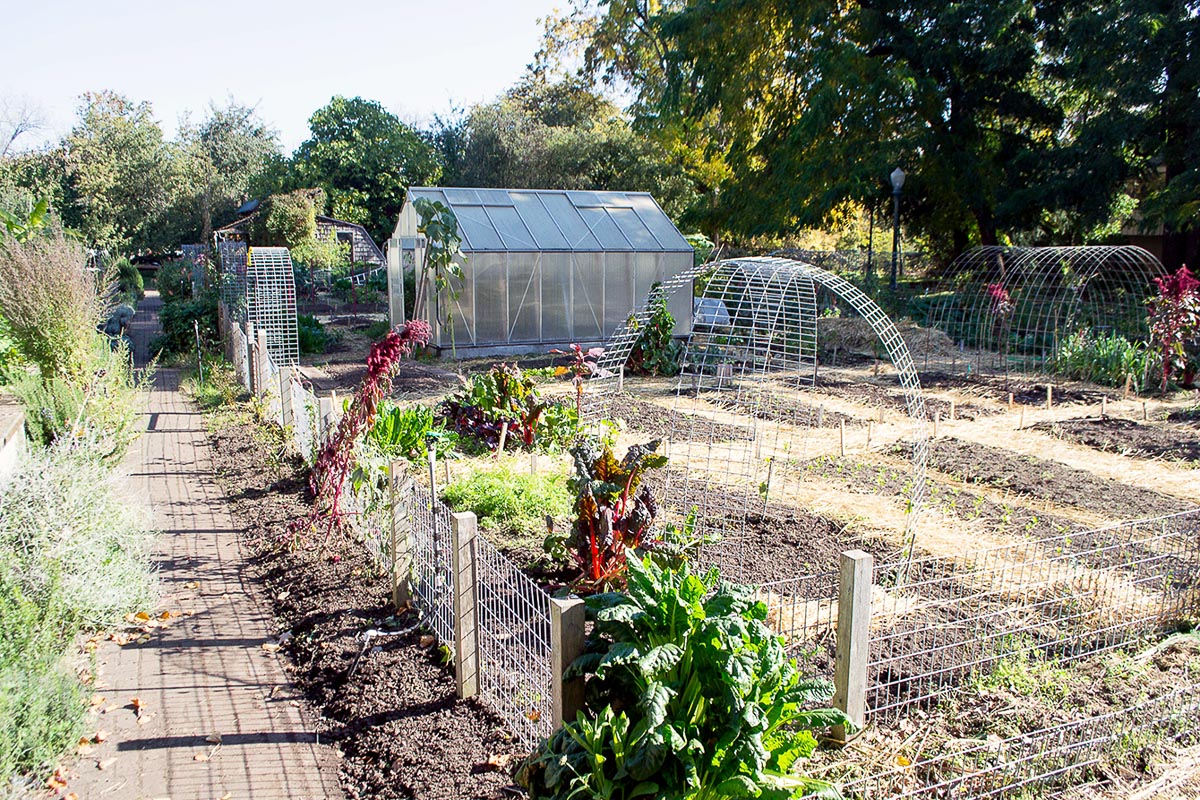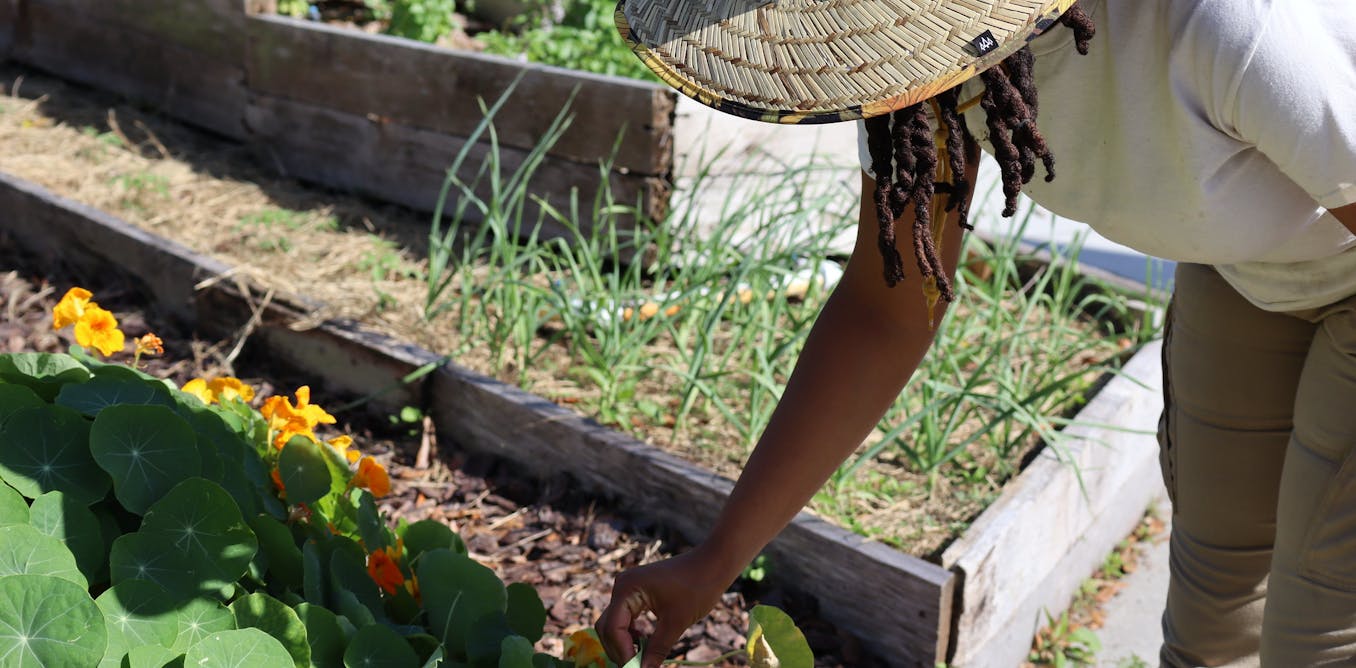Getting My City Blooming To Work
Getting My City Blooming To Work
Blog Article
The Buzz on City Blooming
Table of ContentsThe 25-Second Trick For City BloomingRumored Buzz on City BloomingA Biased View of City BloomingCity Blooming - The FactsCity Blooming - An Overview
Fascinated in expanding food for sale in the City of Chicago? Considering beginning a community garden? Adjustments to the Chicago Zoning Statute enable agricultural usages like neighborhood gardens and city farms in numerous parts of the city. Below is a list of often asked questions relating to the guidelines and laws that farmers must take into consideration when preparing an urban farming project.
The zoning amendment does not change any type of various other codes handling composting, building licenses, acquiring or leasing City owned home, company licenses or environmental contamination. There are existing codes that manage these issues and they remain completely effect and may be appropriate to your project. Neighborhood yards are commonly had or taken care of by public entities, civic companies or community-based organizations and preserved by volunteers.
Urban farms grow food that is meant to be sold, either on a nonprofit or for-profit basis. Due to their business objective, metropolitan farms need a business certificate.
City Blooming - An Overview
The amount of compost material can not go beyond 25 cubic lawns at any provided time according to the requirements in 7-28-715 of the City's Municipal Code. Because the dirt at a lot of new garden sites needs amending, garden compost, soil, timber chips, or other products can be gotten to construct or enhance the growing area.

If a structure permit is called for then the hoophouse will be taken into consideration an accessory structure. You can learn more about the building permit requirements by getting in touch with the Department of Structures. The 25,000-square-foot size limitation is meant to stop a single neighborhood yard from controling a given block or diminishing the block's existing residential or business character.
The limit does not apply to yards found in Public Open Area (POS) areas. Can there be even more than one community garden that is 25,000 square feet on a single block? Secure fencing is not required, nonetheless, yards that have huge vehicle parking locations may be needed to install fence or various other landscaping functions.
All about City Blooming
B1 & B2 areas require that all commercial use tasks be carried out inside. R areas limit industrial activity. The guidelines show the function and intent of the Zoning Code. Is fencing required for urban farms? Yes. Fencings might be needed, together with landscaping and screening, for certain parking lot and exterior job or visite site storage space areas depending upon place and the certain task happening.
Urban ranches need structure licenses and zoning authorizations prior to construction (fruit and vegtables). Various other types of city review might be required depending on details frameworks, activities, size, landscape design, licensing, public heath and stormwater monitoring problems.
The Division of Company Matters and Customer Protection can help figure out the specific type of service license that's required. Off road car park is needed for a lot of commercial jobs in Chicago. The needed number of car parking rooms is based on the number of staff members working on site and not the square video of the growing room.
The Definitive Guide to City Blooming

Yes. A city ranch can market compost material created on website, however, the operation needs to adhere to the guidelines in 7-28-715 of the Chicago Municipal Code. Yes. Aquaponic systems are permitted indoors on metropolitan ranches in many zoning areas. However, a zoning evaluation and structure license is required in order to mount structures or systems and a service permit is needed as defined over.
Up to five hives or swarms of honey may be kept as an accessory use. Beekeepers should register with the Illinois Division of Farming. For more details concerning the suggested zoning change you may get in touch with the Division of Real Estate and Economic Growth, Bureau of Planning and Zoning at 312.744.8563.
, which takes place in country locations at the side of suburban areas.
Not known Facts About City Blooming
It can involve an activity of natural farmers, "foodies" and "locavores", who look for to create socials media started on a shared ethos of nature and area holism. These networks can create by way of official institutional assistance, ending up being integrated into local town as a "shift community" motion for lasting metropolitan growth.
In either situation, the a lot more direct access to fresh veggie, fruit, and meat products that may be understood via urban agriculture can improve food protection and food security while reducing food miles, leading to lower greenhouse gas discharges, consequently adding to environment change mitigation. Some of the very first proof of metropolitan farming originates from Mesopotamia.
Report this page